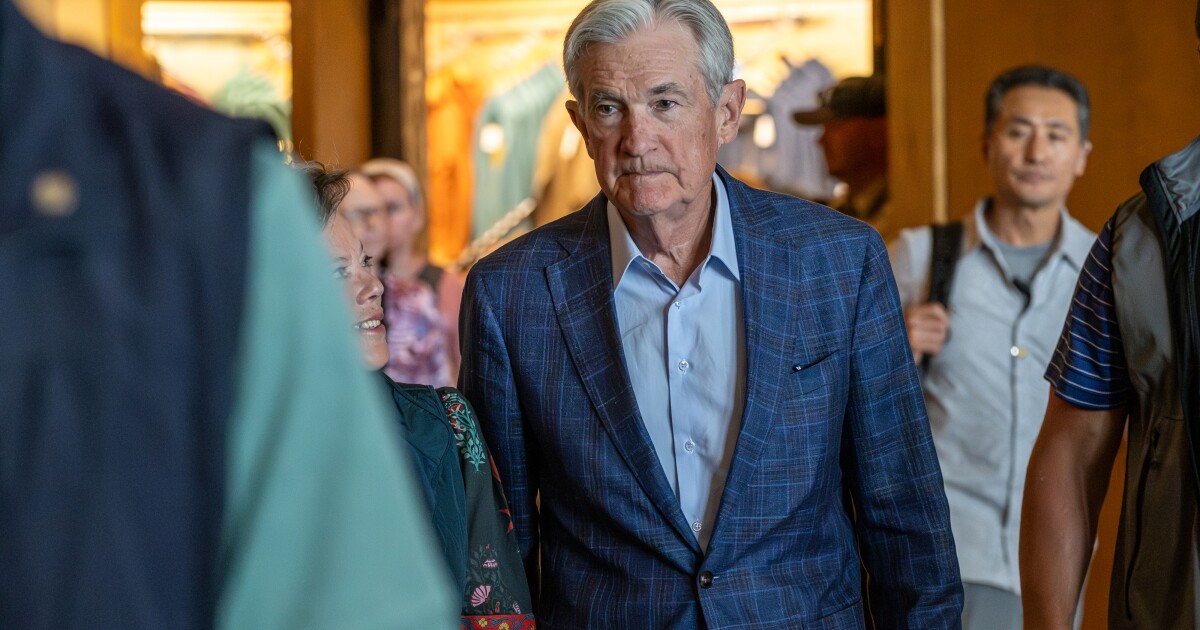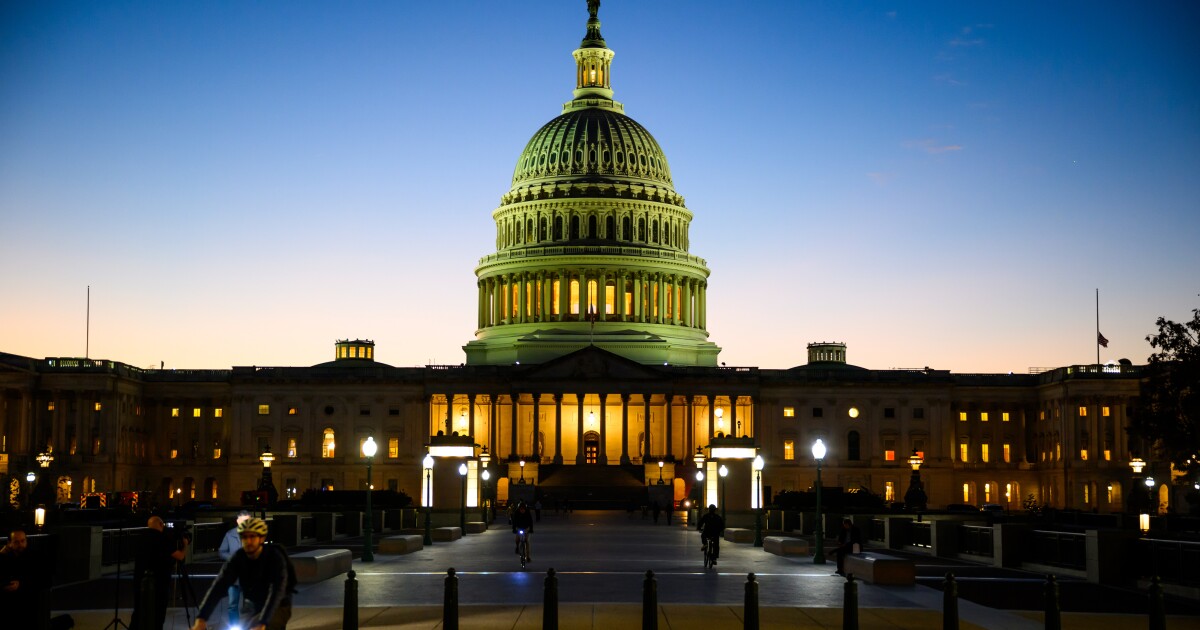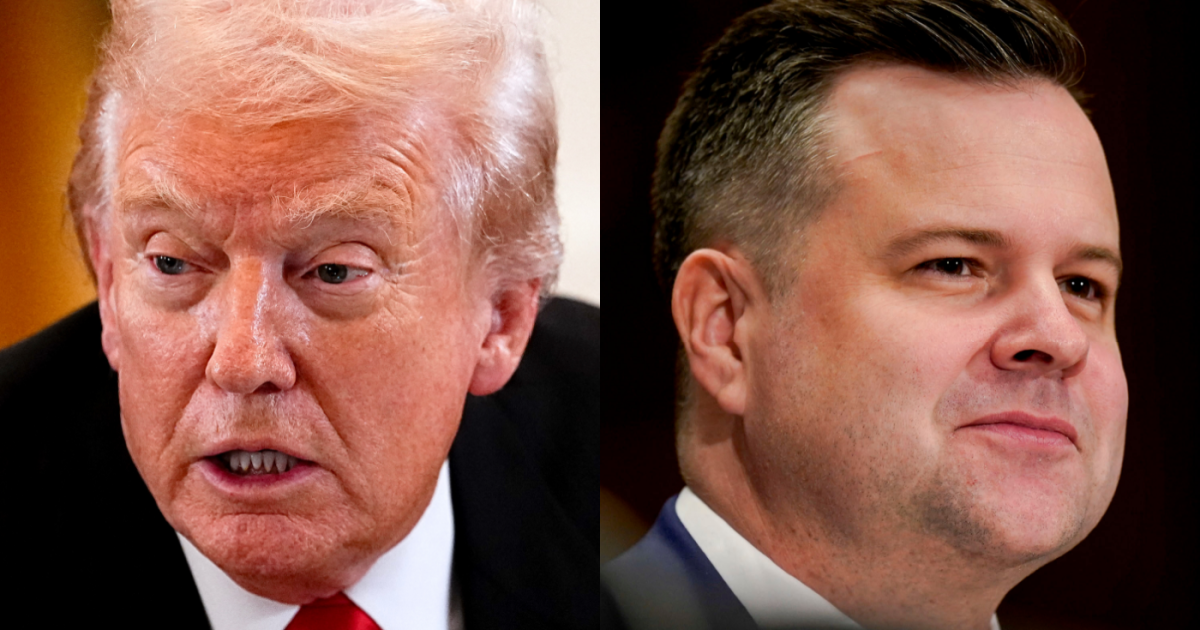
Federal Reserve Chair Jerome Powell signaled that the central bank may soon adjust its monetary policy, potentially paving the way for a rate cut in September.
In a highly anticipated Friday morning speech at the Federal Reserve Bank of Kansas City's Economic Symposium in Jackson Hole, Wyo., Powell said when he gave the same speech last year, interest rates were higher and the specter of inflation still very real. But he added that it might make sense for the Federal Open Market Committee to shift its focus to a softening labor market in light of weaker hiring statistics over the last few months.
"Our policy rate is now 100 basis points closer to neutral than it was a year ago, and the stability of the unemployment rate and other labor market measures allows us to proceed carefully as we consider changes to our policy stance," said Powell. "Nonetheless, with policy in restrictive territory, the baseline outlook and the shifting balance of risks may warrant adjusting our policy stance."
Powell said that uncertainty is building in the labor market, particularly pointing to the
"This unusual situation suggests that downside risks to employment are rising. And if those risks materialize, they can do so quickly in the form of sharply higher layoffs and rising unemployment," Powell said.
Regarding inflation, Powell said higher tariffs are starting to push up prices of goods, but added that there is a likelihood that the effect "will be relatively short lived."
"We cannot take the stability of inflation expectations for granted," he said."Come what may, we will not allow a one-time increase in the price level to become an ongoing inflation problem."
Powell's speech comes as the central bank has come under unprecedented and increasing pressure from the White House to lower interest rates.
President Trump — who has
Federal Housing Finance Agency Director Bill Pulte this week also
Monetary Policy Review
Powell also shared insights of what the Fed has learned from its five year review of economic conditions and how it led to revisions in its long-term strategy statement.
Powell said that the central bank reassessed its 2020 policy statement, noting that "an overly specific set of economic conditions may have led to some confusion." As a result, the Fed is revising its policy language to make future decisions easier to understand.
Powell said the central bank is changing its approach to inflation by eliminating its "makeup" strategy introduced in 2020, which held that after years of having inflation coming in under the 2% target, the central bank would allow inflation to rise slightly above the 2% target when it begins to rise again. In light of the dramatic increase in inflation in 2021 and 2022, the Fed is returning to a framework of flexible inflation targeting.
"There was nothing intentional or moderate about the inflation that arrived a few months after we announced our 2020 changes to the consensus statement, as I acknowledged publicly in 2021," he said.Powell reiterated that the Fed continues to view an inflation rate of 2% as consistent with its
dual-mandate goal. He said the updated policy framework outlines that the Fed is committed to act "forcefully to ensure that longer-term inflation expectations remain well anchored."
"The past five years have been a painful reminder of the hardship that high inflation imposes, especially on those least able to meet the higher costs of necessities," Powell said. The Fed also removed language that made the Effective Lower Bound (ELB) a defining element of the economic landscape. Powell added that while ELB remains a concern, it is not the Fed's primary focus.
Regarding employment, Powell said language in the Fed's 2020 statement about mitigating "shortfalls" rather than "deviations" from maximum employment was misunderstood and has also been revised to say that readings of employment may run above real-time assessments of maximum employment without causing inflation risk.
The central bank also revised its approaches to periods when employment and inflation goals don't align, opting to "follow a balanced approach in promoting them."
"Of course, preemptive action would likely be warranted if tightness in the labor market or other factors pose risks to price stability," Powell said.



